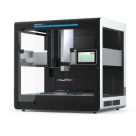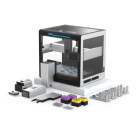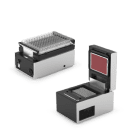Digital Biology: The State Of The Platforms
This is adapted from a talk Will Canine gave at SynBioBeta SF 2015 during the Automation and the Internet of Biotech Things session. Biology in the 21st Century We are in the century of software — a world with an API for everything. And yet, the way we do life-science… Read More








